Millions of coins change hands each day, valued simply at their face value. However, there are exceptions—specific coins whose unique features or historical quirks make them highly valuable to collectors. One notable example is the rare 1919 Mercury dime minted in Denver, Colorado, which fetched over $150,000 at a Heritage Auctions event in 2019. This dime’s high value is due to several distinctive characteristics, including a minting feature known as the “full bands” designation. Let’s explore why this small coin commands such a high price.
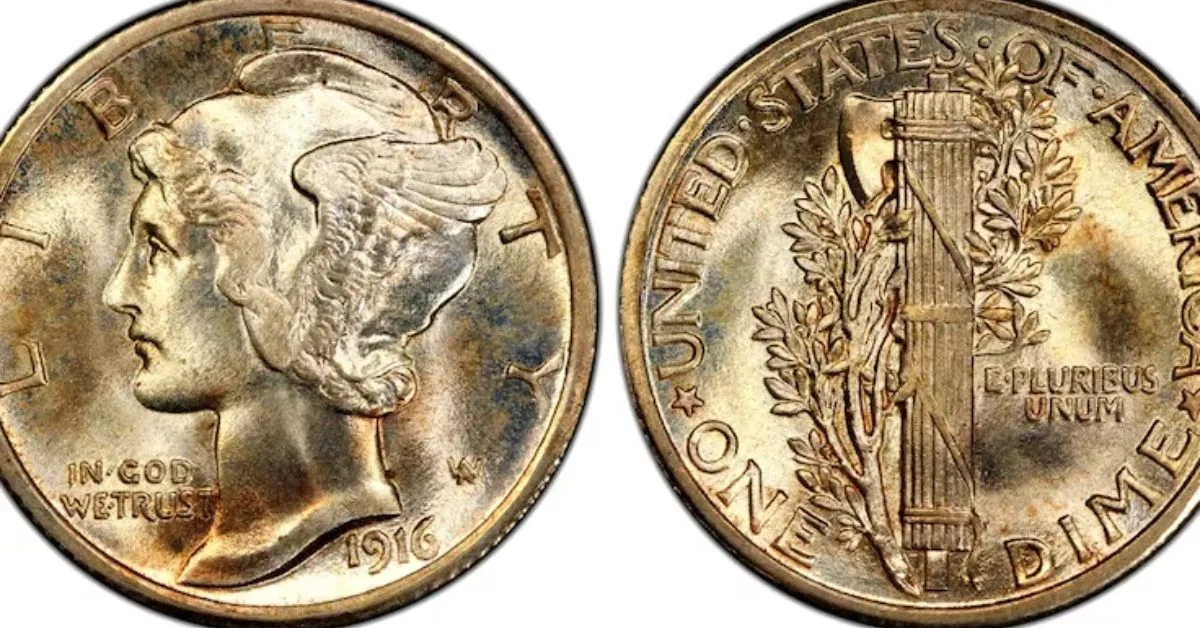
The Iconic Mercury Dime Design
This Article Includes
- 1 The Iconic Mercury Dime Design
- 2 The Unique Characteristics of the 1919 Denver Mint Mercury Dime
- 3 What Is the “Full Bands” Designation?
- 4 How Minting Errors Increase Value
- 5 Why This Coin Sold for Over $150,000
- 6 Identifying Valuable Mercury Dimes: Key Features to Look For
- 7 Final Thoughts on the 1919 Denver Mercury Dime
Introduced in 1916, the Mercury dime design is both recognizable and celebrated in numismatic circles. The coin’s obverse (front) features a profile of Lady Liberty, adorned with a winged cap, symbolizing freedom of thought. On the reverse (back), the coin showcases olive branches, representing peace, alongside a fasces—a bundle of rods bound with an axe blade—which symbolizes unity and strength.
The Unique Characteristics of the 1919 Denver Mint Mercury Dime
While many Mercury dimes were minted in the early 20th century, the 1919 Denver Mint version holds special allure for collectors. This dime, minted over a century ago, is valued not only for its age but also for the unique qualities that set it apart. During the minting process, inconsistencies and errors were common, making certain coins rarer and more desirable. For the 1919 Mercury dime, one such feature is the “full bands” detail on the fasces on its reverse side.
What Is the “Full Bands” Designation?
The term “full bands” refers to the clarity of the horizontal bands visible across the fasces on the coin’s reverse side. This designation is awarded only to Mercury dimes where each band is distinctly visible and fully separated. Due to inconsistencies in minting quality, many dimes from the 1919 Denver batch did not achieve this level of detail, making full bands specimens exceptionally rare. The high quality of these bands is a primary factor behind the coin’s exceptional value.
How Minting Errors Increase Value
Minting errors or inconsistencies often add significant value to coins. The 1919 Denver Mercury dime is a prime example, as most coins from this period lack the sharp band detail that defines a full bands designation. This rare occurrence—combined with the historical significance of the Mercury dime series—makes these coins highly desirable in the collectibles market.
Why This Coin Sold for Over $150,000
When the 1919 Denver Mint Mercury dime with full bands appeared at Heritage Auctions in 2019, it caught the attention of collectors worldwide. This dime’s value, reaching over $150,000, reflects the combination of its historical design, minting location, and unique full bands detail. Coins of this caliber are rare and often sell for premium prices due to the high demand for error-free, finely detailed Mercury dimes.
Identifying Valuable Mercury Dimes: Key Features to Look For
For collectors, there are several features to check for when identifying a valuable Mercury dime:
- Date and Mint Location: Coins from specific years and mints (such as 1919 Denver) are generally more valuable.
- Condition: Coins in excellent condition, especially those with unblemished surfaces and sharp details, fetch higher prices.
- Full Bands Designation: Look for the clear, horizontal bands on the fasces—a hallmark of a highly valuable Mercury dime.
- Rarity and Demand: Coins with rare minting errors or unique designations are often more sought after by collectors.
Final Thoughts on the 1919 Denver Mercury Dime
The 1919 Denver Mercury dime with the full bands designation is more than just a piece of currency—it’s a piece of history. The clarity of its detail, combined with a unique error-free quality, has elevated this dime far beyond its original value. For numismatists and collectors, rare coins like this embody both artistic and historical value, making them prized treasures in any collection.

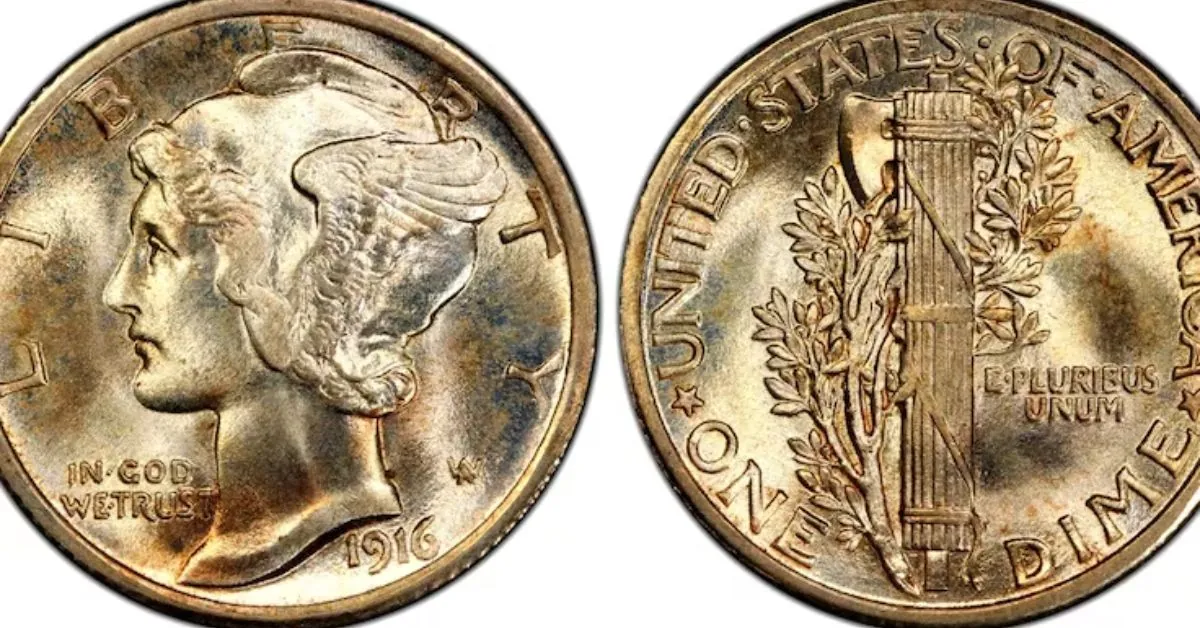
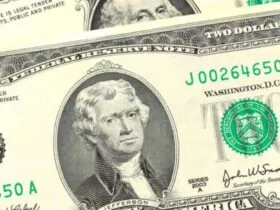
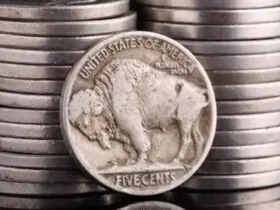
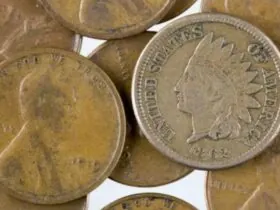

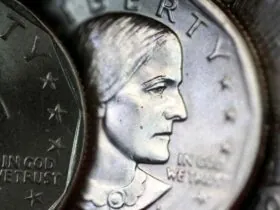
Leave a Reply